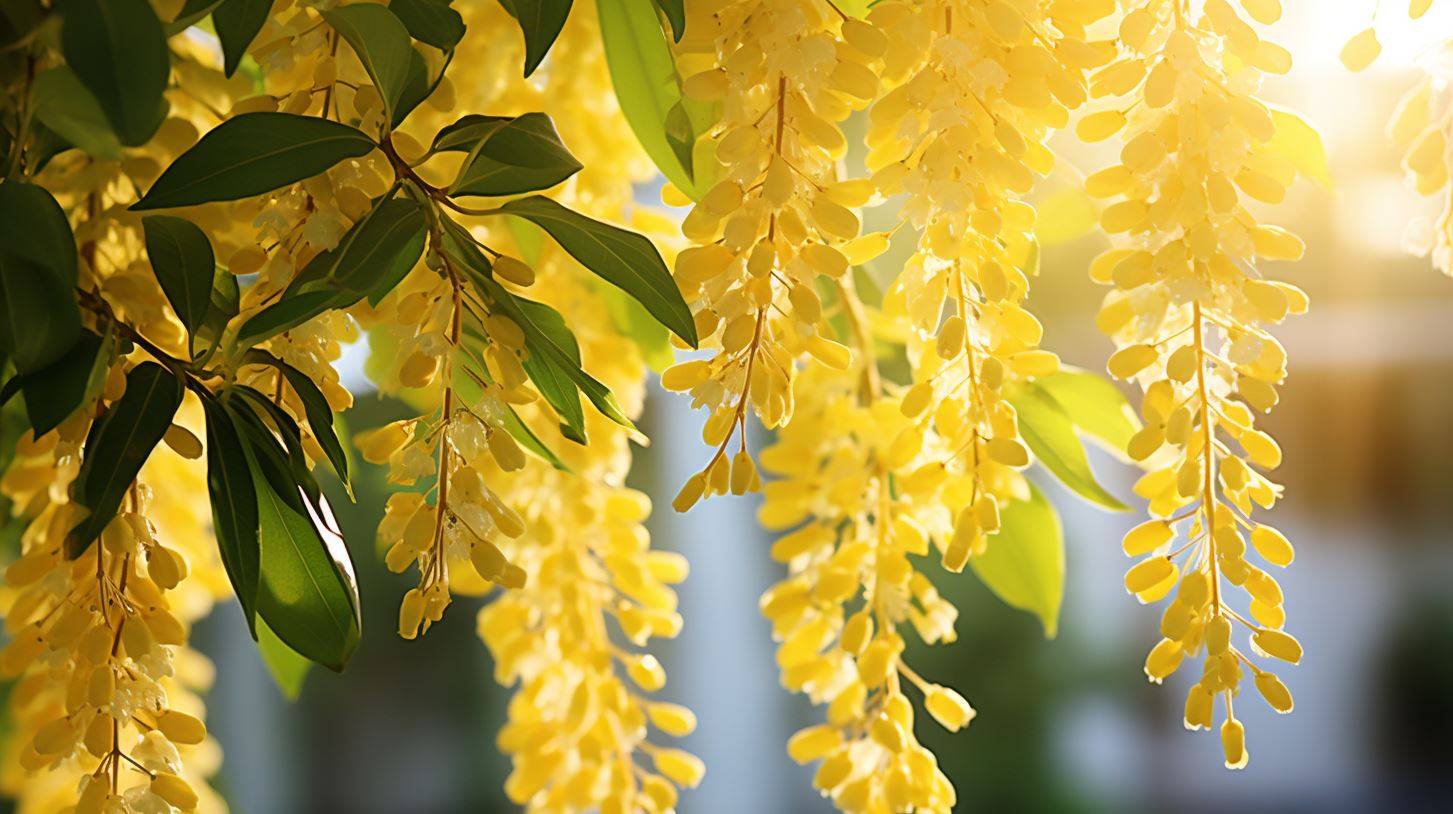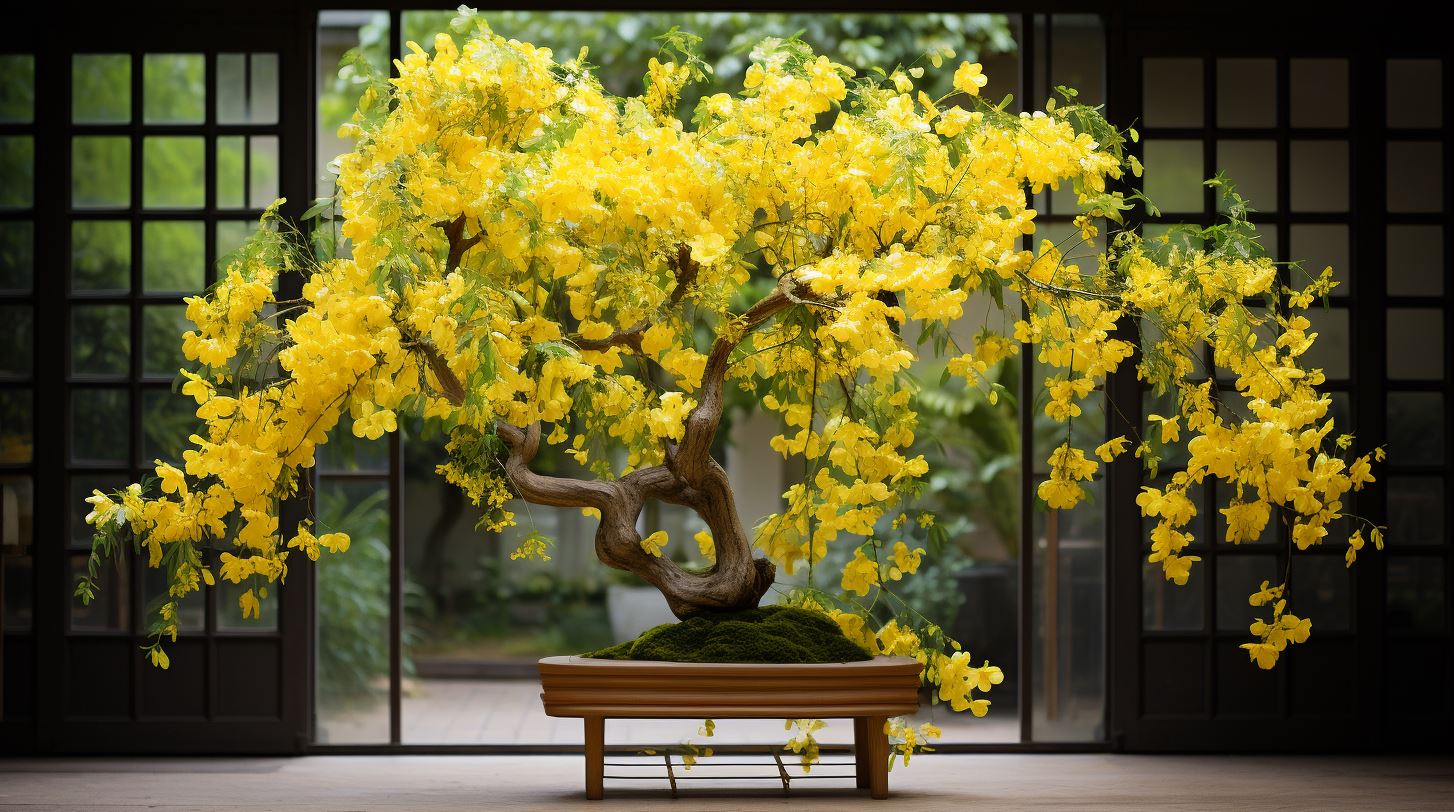Haoma God: Exploring the Divine Powers of the Ancient Persian Deity

Haoma god plays a significant role in Zoroastrianism, the ancient Persian religion. Derived from Indo-Iranian roots, Haoma is the equivalent of Vedic soma. It is described in Avestan texts as a tall, fragrant, golden-green plant with healing and stimulating properties.
Haoma is associated with the Yazata Haoma and holds a central position in Zoroastrian myths and rituals. It is prepared by crushing Ephedra procera branches in water. Haoma’s ritual and medicinal importance, as well as ongoing debates about its original substance, continue to influence present-day Zoroastrianism.
Origins of Haoma in Zoroastrianism
The origins of Haoma in Zoroastrianism can be traced back to its Indo-Iranian roots and its connection to Vedic soma. The word “Haoma” derives from the proto-indo-iranian *sauma, meaning ‘press’ or ‘crush’.
In the ancient Persian culture, it was known as hauma, and in middle Persian, it was called hōm.
Indo-Iranian Roots and Vedic Soma
The Indo-Iranian roots of Haoma indicate its presence in the religious beliefs of the ancient Indo-Iranians. It shares a significant resemblance to Vedic soma, a sacred plant in the Vedic tradition.
Both Haoma and soma have been associated with ritualistic practices and divinity, pointing to a possible shared lineage between the two cultures.
Haoma in Avestan Texts
References to Haoma can be found in the Avesta, the ancient scriptures of Zoroastrianism. These texts describe Haoma’s physical characteristics, including its stems, roots, and branches. The Avesta portrays Haoma as a tall plant with a golden-green hue, emitting a pleasant fragrance.
It highlights Haoma’s importance as a pressable plant that grows in the mountains and possesses healing, stimulating, and strengthening properties when consumed.
The Avesta also mentions the preparation of Haoma by repeatedly crushing its branches in water, a practice that continues to be a part of Zoroastrian rituals to this day.
The inclusion of Haoma in the Avestan texts further solidifies its significance in the Zoroastrian religious tradition.
Physical Characteristics and Preparation of Haoma
The Haoma plant, as described in Avestan texts, possesses distinct physical characteristics that contribute to its symbolism and significance in Zoroastrian rituals. Additionally, the process of preparing Haoma in Zoroastrian practices involves specific techniques and meticulous attention to detail.
Description of Haoma in Avestan Texts
The Avestan texts provide detailed descriptions of Haoma, portraying it as a tall and fragrant plant with stems, roots, and branches. It exhibits a vibrant green-gold color, and its texture allows it to be pressed or crushed.
Haoma is said to grow in the mountains and possesses various healing, stimulating, and strengthening properties when consumed. It is considered a nutritious plant, offering slight intoxicating effects without any negative side effects.
Process of Preparing Haoma in Zoroastrian Rituals
In Zoroastrian rituals, the preparation of Haoma is a significant and precise process. The branches of the imported Ephedra procera plant, known as the Haoma plant, are repeatedly crushed in water.
This technique helps extract the essence and spiritual qualities believed to reside within the plant. The resulting mixture is then utilized as a ceremonial drink.
The Zoroastrian community, particularly the Indian Zoroastrians, import Ephedra procera for the preparation of Haoma.
This process highlights the importance of acquiring the authentic Haoma plant to maintain the purity and sanctity of the ritual beverage. The diligent preparation ensures that Haoma embodies its symbolic and spiritual essence when used in Zoroastrian ceremonies.
By understanding the physical characteristics and the meticulous process of preparing Haoma in Zoroastrian rituals, one can appreciate the significance and rituals associated with this ancient Persian deity.
Haoma in Zoroastrian Mythology
In Zoroastrian mythology, Haoma plays a significant role, being associated with the Yazata Haoma who appears as Dūraoša, a beautiful man in the presence of Zoroaster.
Haoma urges Zoroaster to gather and press Haoma for the purification of waters. Described as just and wise, Haoma is believed to bestow knowledge upon those who consume it. Additionally, Haoma is linked to the Amesha Spenta Vohu Manah, the guardian of all animal creation.
The conception of Zoroaster is surrounded by folklore, with Haoma playing a central part. Legend has it that Zoroaster’s father mixed a piece of the Haoma plant with milk and consumed it, resulting in Zoroaster’s conception and the infusion of the plant’s spirit within him.
The traditional barsom, a bundle of twigs used in Zoroastrian rituals for purification, also mentions Haoma.
Association with the Yazata Haoma
Haoma is closely associated with the Yazata Haoma, who is depicted as a divine figure in Zoroastrianism. This association highlights Haoma’s divine nature and underscores its importance in the religious beliefs and practices of Zoroastrians.
The Yazata Haoma is venerated as a powerful deity, and his connection with Haoma highlights the sacredness of the plant and its significance within the Zoroastrian pantheon.
Haoma’s Role in the Conception of Zoroaster
According to Zoroastrian tradition and folklore, Haoma played a crucial role in the conception of Zoroaster, the founder of the religion. The incorporation of Haoma into Zoroaster’s father’s diet, through the mixing of the plant with milk, was believed to result in the conception of Zoroaster himself.
This mythological account emphasizes the vital role Haoma played in the birth and spiritual infusion of Zoroaster, further solidifying its significance within Zoroastrian mythology.
Mention of Haoma in the Barsom Tradition
The traditional Zoroastrian practice of using barsom, a bundle of Haoma twigs, further highlights the importance of Haoma in Zoroastrian rituals. The mention of Haoma in the barsom tradition underscores its role in purification rituals and its association with spiritual cleansing.
The use of Haoma twigs in these rituals symbolizes the divine presence and reinforces the sacred status of Haoma within Zoroastrian religious practices.
Ritual and Medicinal Importance of Haoma
Haoma plays a significant role in Zoroastrian rituals, where it is consumed as a ritual drink. Revered for its sacred properties, Haoma is prepared by repeatedly crushing its branches in water.
This concoction holds immense importance in Zoroastrian ceremonies and is consumed as an act of spiritual connection and purification.
Haoma as a Ritual Drink
In Zoroastrian rituals, Haoma is prepared by pressing the branches of the plant, often Ephedra procera, in water. The resulting liquid is believed to possess divine powers and is consumed by participants during ceremonies.
This ritual drink serves as a symbol of communion with the divine and is seen as a means of seeking spiritual enlightenment.
Healing and Stimulating Effects of Haoma
Besides its ritual significance, Haoma is also recognized for its healing and stimulating effects. When consumed, Haoma is believed to have curative properties, providing physical revitalization and strengthening the body. Additionally, it offers slight intoxicating effects, inducing a state of elevated consciousness without any negative side effects.
These properties contribute to the overall importance of Haoma in Zoroastrian traditions.
Haoma’s healing attributes and stimulating qualities have made it valuable in traditional medicine practices. Its consumption is associated with promoting health, vitality, and overall well-being.
As an integral part of Zoroastrian rituals, Haoma’s medicinal properties are believed to enhance the spiritual and physical aspects of practitioners’ lives.
Overall, Haoma’s role as a ritual drink and its healing and stimulating effects make it a central element in Zoroastrianism.
The act of consuming Haoma not only signifies a connection with the divine but also aims to promote spiritual growth and physical well-being.
Interpretations and Debates Surrounding Haoma
The concept of Haoma in Zoroastrianism has sparked numerous interpretations and debates among scholars and practitioners alike.
Here, we delve into two key areas of discussion: the different perspectives on the original substance of Haoma and the historical and linguistic studies surrounding it.
Different Perspectives on the Original Substance of Haoma
Scholars have presented diverse theories regarding the original substance used to create Haoma.
Some propose that it was the Ephedra procera plant, commonly known as wild or fiery barley, due to its prevalence in ancient Persia and its resemblance to the Avestan descriptions of Haoma.
Others suggest alternative plants, such as Sarcostemma acidum or Asclepias acida, as potential candidates for Haoma.
Moreover, there are those who argue for a non-botanical interpretation of Haoma, considering it as a symbolic representation of a divine essence or an abstract concept.
This viewpoint asserts that Haoma’s true nature transcends the physical realm and embodies spiritual and metaphysical qualities.
Historical and Linguistic Studies on Haoma
Historical and linguistic studies contribute valuable insights into the origins and evolution of Haoma. Researchers have analyzed ancient texts, artifacts, and linguistic connections to shed light on the cultural and historical context surrounding Haoma.
These studies explore the Indo-Iranian roots of Haoma and its parallels with Vedic soma, seeking to understand the shared cultural and religious heritage between ancient Persia and the Indian subcontinent. By examining linguistic evidence and correlations, scholars aim to trace the etymology and semantic evolution of the term “Haoma” and its Indo-Iranian predecessor, *sauma.
Furthermore, these investigations consider the socio-cultural factors that influenced the perception and usage of Haoma throughout different historical periods. They delve into the practices and rituals associated with Haoma, examining the roles it played within Zoroastrian society and its potential connections to other ancient religious traditions.
By examining these various interpretations and engaging in historical and linguistic studies, scholars and enthusiasts seek to deepen their understanding of Haoma’s significance within Zoroastrianism and its broader religious and cultural framework.
Haoma in Present Day Zoroastrianism
Haoma continues to hold significant importance in present-day Zoroastrianism, with its rituals and beliefs deeply rooted in the faith. The practices associated with Haoma have evolved over time, but its spiritual and medicinal properties remain revered by Zoroastrians around the world.
Tables
Within the context of Zoroastrian rituals, tables play a crucial role in the consumption of Haoma. These tables, typically made of metal, are beautifully adorned with intricate designs and symbols. They serve as a sacred platform for placing the Haoma vessel during ceremonies, ensuring reverence and sanctity in its preparation and consumption.
Influence of Haoma in Zoroastrian Practice
The influence of Haoma can be observed in various aspects of Zoroastrian practice, permeating both individual spiritual lives and community rituals. Zoroastrians believe that consuming Haoma brings them closer to the divine, promoting physical and spiritual well-being.
- Healing and Medicinal Practices: Haoma, known for its healing properties, is respected for its potential to alleviate ailments and promote overall health. Zoroastrians have traditionally relied on Haoma in their medicinal practices, using it as a natural remedy for various conditions.
- Ritualistic Offerings: Haoma plays a pivotal role in Zoroastrian rituals, serving as an essential offering to the divine.
Its consumption symbolizes purification and communion with the spiritual realm. Zoroastrians view Haoma as a bridge between the earthly and heavenly realms, forging a sacred connection.
- Spiritual Enlightenment: Zoroastrians believe that Haoma possesses inherent wisdom and knowledge.
Its consumption is believed to grant spiritual enlightenment, deepening the devotee’s understanding of the divine teachings and guiding them towards righteous living.
- Community Unity and Festivals: Haoma also brings Zoroastrians together as a community during festive occasions.
Its presence reignites a sense of unity, reinforcing shared beliefs and values. In festivals such as Sadeh, the consumption of Haoma forms a core component of communal celebrations.
In conclusion, Haoma continues to hold a significant place in present-day Zoroastrianism.
Its rituals, influenced by centuries of tradition, reflect the deep spiritual connection that Zoroastrians maintain with this sacred plant. From its healing properties to its role in community celebrations, Haoma remains an integral aspect of contemporary Zoroastrian practice.
.




















